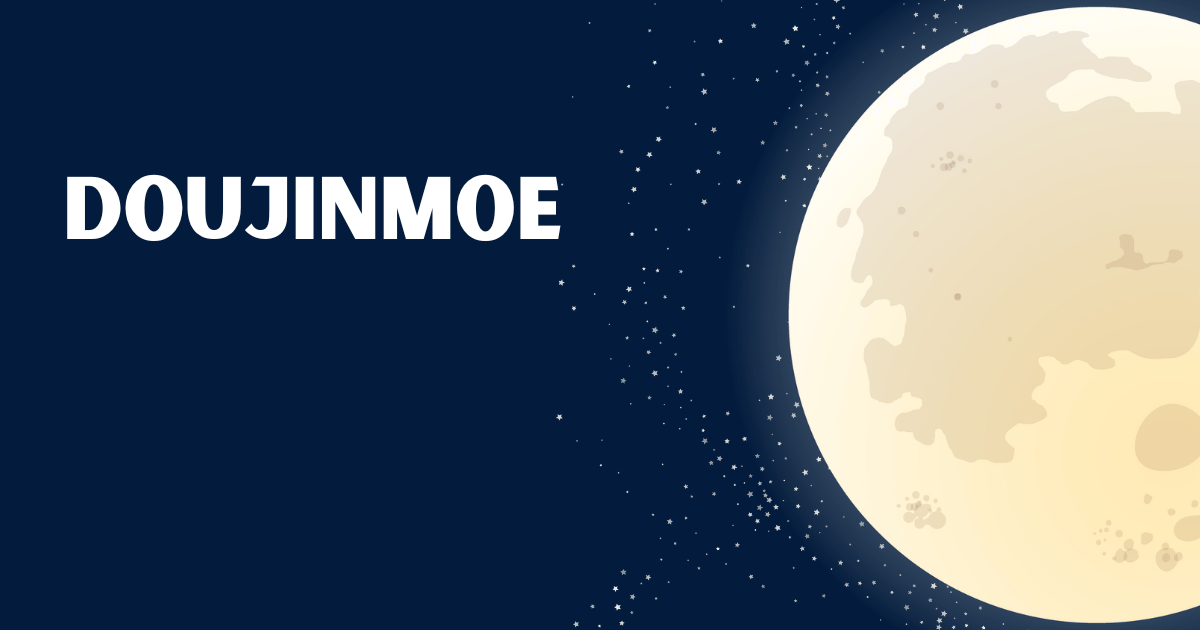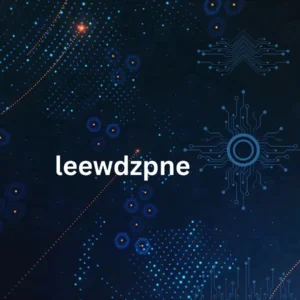Doujinmoe: Midnight Revelations of Hidden Desires
In the vibrant and eclectic world of Japanese pop culture, few phenomena capture the imagination and evoke the curiosity of global audiences, like the doujinshi genre. These self-published works, often created by amateur artists and writers, offer a unique and unfiltered glimpse into the creative minds of their creators. Among the myriad themes explored within doujinshi, the subgenre “Doujinmoe” stands out for its intriguing and often provocative exploration of hidden desires. This article delves into the world of Doujinmoe, shedding light on its origins, themes, and cultural impact in Japan and abroad.
The Genesis of Doujinshi
To understand Doujinmoe, it is essential to first grasp the broader concept of doujinshi. The term “doujinshi” is derived from the Japanese words “doujin” (同人), meaning “same person” or “like-minded people,” and “shi” (誌), meaning “magazine” or “publication.” Doujinshi are self-published works, typically manga or novels, created by fans, independent artists, and writers. These works often feature original stories but can also include fan fiction, parodying, or expanding upon popular series from mainstream media.
Doujinshi has a rich history that dates back to the early 20th century, but it began to flourish in the 1970s and 1980s. During this period, the advent of comic markets (comic conventions) like Comiket in Tokyo provided a platform for doujinshi creators to share and sell their works. These events became cultural hubs where like-minded individuals could connect, exchange ideas, and celebrate their love for manga and anime.
Unveiling Doujinmoe
Doujinmoe is a subgenre within the broader doujinshi culture that delves into themes of eroticism, sensuality, and hidden desires. The term “moe” (萌え) is a complex and multi-faceted concept in Japanese pop culture. It refers to affection, excitement, or fascination towards certain characters or tropes, often characterized by their innocence, cuteness, or vulnerability. When combined with the term “doujin,” Doujinmoe signifies self-published works that explore erotic or romantic themes centered around characters or scenarios that evoke these “moe” feelings.
Themes and Tropes
Doujinmoe’s works are characterized by their exploration of hidden desires and fantasies, often portrayed in a romantic or erotic context. These works can cover various themes and tropes, each catering to different tastes and preferences. Some common themes include:
- Romantic Fantasies: Many Doujinmoe works revolve around romantic scenarios that may be deemed too idealistic or unrealistic in real life. These stories often depict idealized relationships, capturing the intense emotions and passions of the characters involved.
- Taboo Relationships: Doujinmoe frequently explores taboo or forbidden relationships, such as student-teacher romances, sibling love, or age-gap relationships. These themes tap into the allure of the forbidden, allowing readers to indulge in fantasies that challenge societal norms.
- Transformation and Identity: Another prevalent theme in Doujinmoe is physical and emotional transformation. Characters may change their appearance, gender, or personality, reflecting deeper explorations of identity and self-discovery.
- Fantasy and Supernatural Elements: Doujinmoe often incorporates fantasy and supernatural elements, creating enchanting and imaginative worlds where anything is possible. These stories may feature magical beings, alternate dimensions, or mystical powers, adding intrigue to the narratives.
- BDSM and Power Dynamics: Some Doujinmoe works delve into the realm of BDSM (Bondage, Discipline, Dominance, Submission, Sadism, and Masochism), exploring the complexities of power dynamics and consensual exploration of desires. These stories can provide a safe space for readers to explore their interests and curiosities.
Cultural Impact and Global Appeal
The appeal of Doujinmoe extends far beyond the borders of Japan, capturing the interest of audiences worldwide. Several factors contribute to its global popularity:
- Creative Freedom: Doujinmoe creators enjoy a high degree of creative freedom, allowing them to explore unconventional and often controversial themes that may not be feasible in mainstream media. This unfiltered creativity resonates with audiences seeking unique and thought-provoking content.
- Community and Connection: The doujinshi community is a tight-knit and supportive network of creators and fans who share a passion for manga, anime, and storytelling. Events like Comiket allow individuals to connect, collaborate, and celebrate their shared interests.
- Cultural Curiosity: The allure of Japanese pop culture, including manga and anime, has captured the curiosity of global audiences. Doujinmoe offers a glimpse into this culture’s more intimate and personal aspects, appealing to those who seek to understand and experience it on a deeper level.
- Digital Platforms: The rise of digital platforms and online communities has made it easier for Doujinmoe creators to share their works with a global audience. Websites and forums dedicated to doujinshi and fan art provide a platform for creators to showcase their talent and reach fans from all corners of the world.
Ethical Considerations and Challenges
While Doujinmoe and doujinshi culture celebrate creative expression and the exploration of desires, they also raise ethical considerations and challenges. Some of these include:
- Copyright and Intellectual Property: Doujinshi often uses characters and settings from existing works, leading to potential copyright and intellectual property issues. While fan-created works are generally tolerated and encouraged in Japan, the legal landscape can be more complex in other countries.
- Consensuality and Representation: Doujinmoe creators need to handle sensitive themes with care, ensuring that all portrayals of relationships and fantasies are consensual and respectful. Misrepresentation or harmful depictions can perpetuate negative stereotypes and harm marginalized communities.
- Balancing Fantasy and Reality: Doujinmoe explores fantasies that may not be appropriate or realistic in real-life contexts. Readers must distinguish between fiction and reality, understanding that these works are meant to be imaginative and not reflect acceptable real-life behavior.
Also read this: A Comprehensive Guide: Yder and Gauge’s Slip at the Stripers Game
Conclusion
Doujinmoe, with its provocative exploration of hidden desires and fantasies, occupies a unique and fascinating niche within the world of doujinshi. This subgenre’s ability to delve into themes of romance, taboo relationships, transformation, fantasy, and power dynamics has captivated audiences in Japan and worldwide. Doujinmoe has carved out a space where artists and writers can explore the depths of human emotion and imagination by providing a platform for creative freedom and unfiltered expression.
As with any form of creative expression, Doujinmoe has its own set of ethical considerations and challenges. Creators and consumers alike must navigate these complexities with sensitivity and respect, ensuring that the stories told within this genre contribute positively to the broader cultural landscape.
Ultimately, Doujinmoe is a testament to the power of storytelling and the boundless creativity of those who dare to explore the hidden corners of desire. Through its unique blend of romance, fantasy, and introspection, Doujinmoe continues to captivate and inspire, inviting readers to embark on a journey into the midnight revelations of hidden desires.














Post Comment